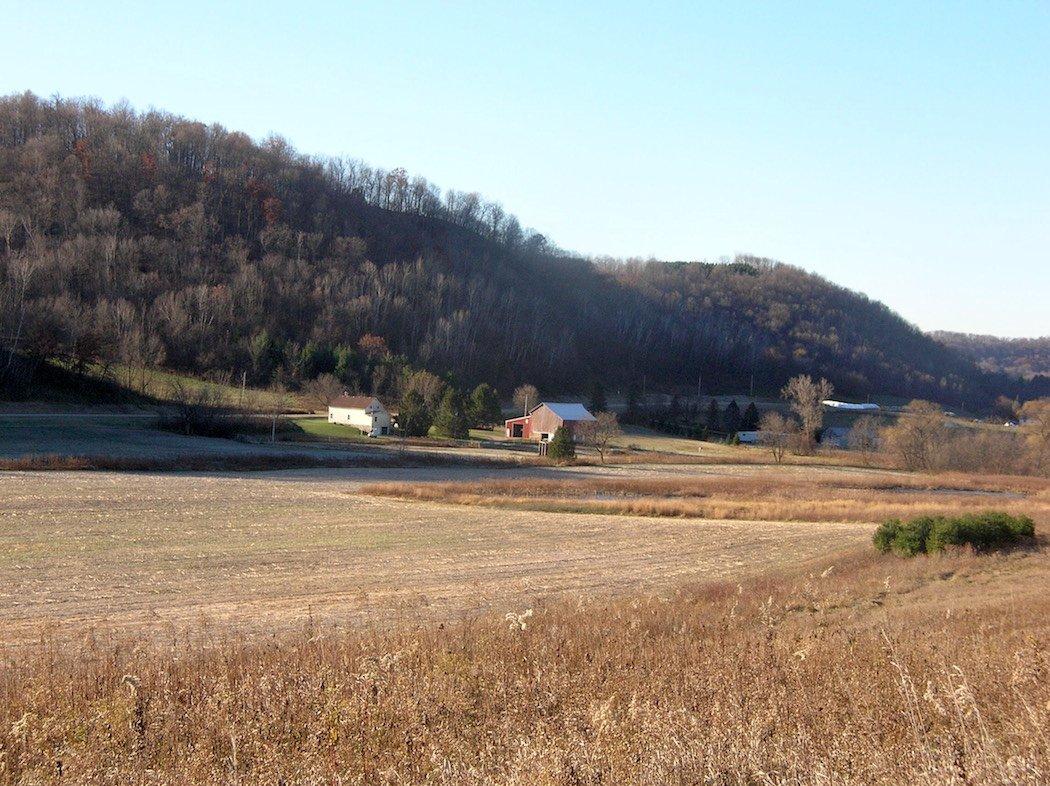What's Your Personal Opinion?
During the 2000s, Earn-a-Buck in Wisconsin (EAB) was about as controversial as a politically charged viral Facebook post in today's age. To say EAB in Wisconsin was a debated topic is putting it mildly. EAB was a system created to reduce deer numbers. If a hunter wanted to harvest a buck, they must first harvest a doe — thus earning your buck.
For the record, I would have loved to see all the comments an EAB social media post would have generated in the moment back in the early 2000s. The basic premise of EAB arose out of a need to significantly reduce deer numbers in certain areas. The discovery and subsequent reaction of CWD also accelerated the desire to expand EAB into new regions of Wisconsin for the purpose of reducing herd numbers. While mostly unpopular, EAB had positive impacts on Wisconsin deer numbers. Some argue EAB should be an option for each county to implement on a year-to-year basis. Before coming to conclusions, let's look at some positives and negatives with Earn-a-Buck in Wisconsin.
Public Perception
As you might imagine, forcing the public to harvest a doe before allowing them to tag a buck was not popular. Being from one of the EAB and CWD hot zones in Southwestern Wisconsin, I lived this era first-hand as a youngster in the early 2000s. I recall one crisp, overcast opening morning of rifle season brought about a nice, tall 8-point during an EAB season. My brother and I were set up along a large bench and we watched this buck for 15 minutes before he came too close and scented us — at 12 yards.

Democratic State Rep. Fred Clark of Baraboo, Wisconsin, said, When deer numbers are too high, EAB is the most reliable tool in herd management to bring the population down.
With many counties in Wisconsin now experiencing ballooning deer numbers, Clark's comments may have held some truth.
Reasons EAB Should Be an Pption for Each County
Each county in Wisconsin has a County Deer Advisory Council made up of citizens who represent a stakeholder group as it relates to deer management. Each county's CDAC reviews deer numbers, harvests, and special concerns at public meetings in the spring. After reviewing data, the CDAC makes suggestions for season dates, and how many antlerless tags should be given out with each license on private and public land that coming fall.
One major issue that arises each year is the CDAC's lack of tools to effectively manage the deer herd in each county. If a county decides they have too many does, the CDAC can vote to have a doe-only, all-season, all-weapon hunting season. You read correctly, no bucks taken at all during any season. Several counties in the last few years have preliminarily voted to have doe-only hunting seasons. These included Waupaca county and famous Door County. The suggestion for the doe-only season was voted down by a small margin after hordes of people packed public meeting places to shut it down.
After reading and hearing about the bickering this doe-only season proposal brought about, I believe arming each county's CDAC members with the option to implement EAB could prove useful and effective. After all, I think EAB is a better option than not allowing buck harvests at all. Scientifically and statistically speaking, EAB has been the only management tool which effectively reduced deer numbers.
Depending on their herd harvest goals, Wisconsin CDAC's can hand out numerous free doe tags per license sold. For example, Door county is handing out five free doe tags with each license sold for the 2018 season. Although hunters can legally harvest all sorts of does, very few hunters will harvest five does, and the county will be left with high herd numbers. Forcing hunters to harvest a doe first is simply the only way to reduce doe numbers. On a season-by-season basis, EAB should be an option to reduce herd numbers and reduce stress on the environment and deer.
Reasons EAB Should Not Be an Option for Each County
For many reasons that EAB should be implemented, an argument can be made for the opposite as well. Lately, hunter engagement has been the Achilles heel of hunting. If we are to continue to recruit and retain new hunters, EAB is an option to ensure we do not reach those goals.
Novice hunters want a chance to harvest the first deer they see. If the first one that walks by is a buck, they want an opportunity to harvest that deer. Denying a new hunter the chance to harvest a buck doesn't sit well. EAB rules could harm the future of deer hunting by reducing hunter numbers and interest in the sport. New hunters are most likely not thinking scientifically or complementing their lifetime hunting goals quite yet.
As mentioned, although EAB would be perceived better than doe-only seasons, EAB will inevitably frustrate many hunters and could drive the sport to even more declining participation numbers. Giving Wisconsin's CDAC committees the power to implement EAB on a year-by-year basis might also confuse hunters and encourage frustration with the state's ability to concretely manage the state's most prized animal.
Final comments
Deer management is relative and must be gauged carefully in each area of a given state — not just in Wisconsin. While EAB might be a great option for one county, it could fail miserably in others. States will do themselves favors by continuing to manage deer off science-based influences. States have the unique and challenging task of managing the opinion of the public and balancing what actions are best for the resource. When it comes to deer numbers, the challenges are many.
Don't Miss: 20 Deer Hunting Lies Your Granddaddy Told You
Are you a deer hunter wanting to learn how to accomplish your goals? Check out our stories, videos and hard-hitting how-to's on deer hunting.








